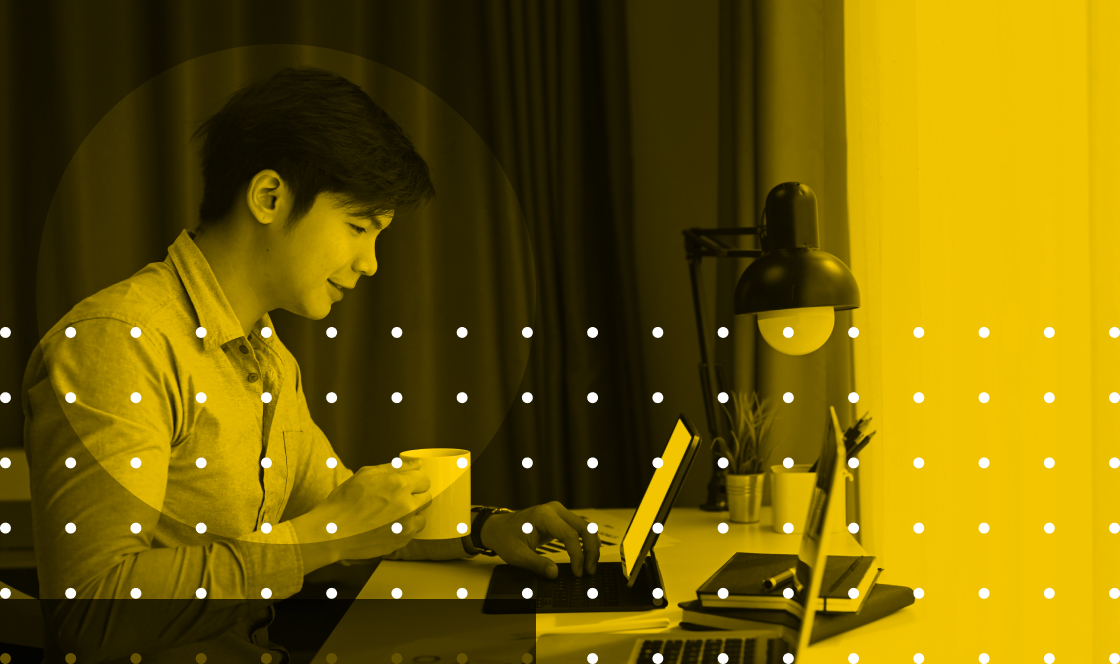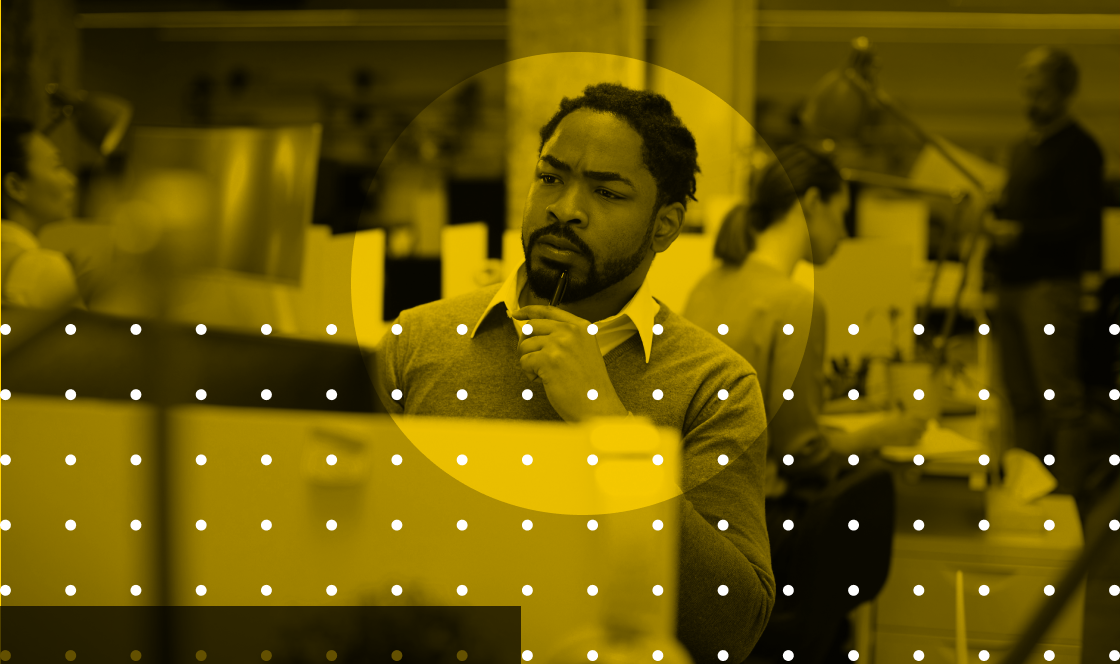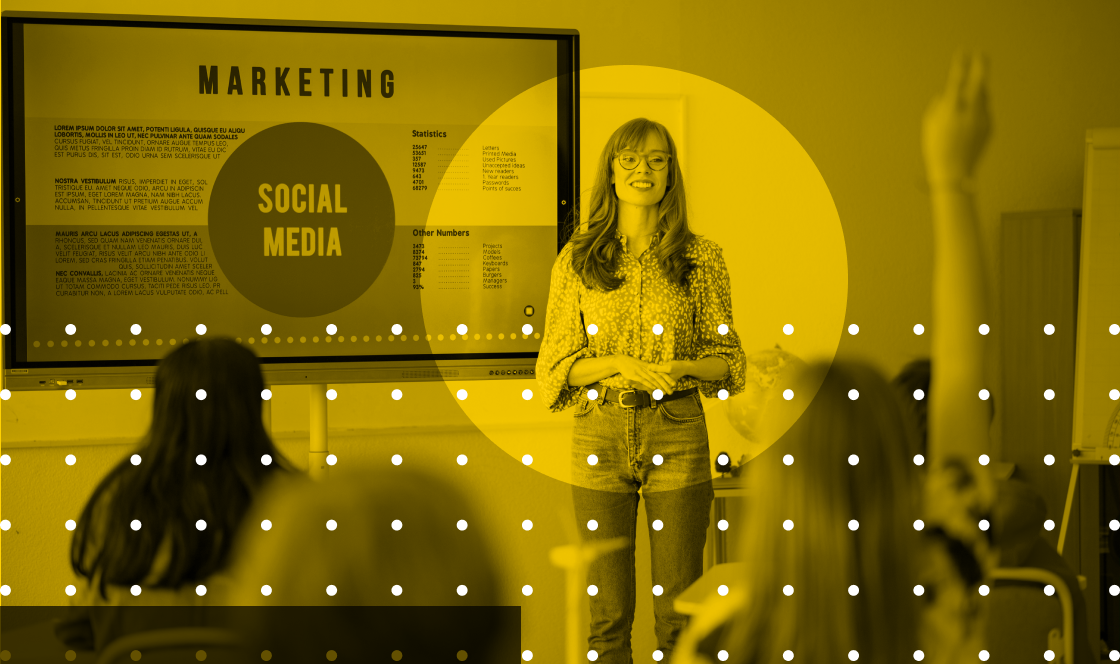Right now, most founders are thinking about AI as a tool.
Something you bolt on. Automate a process. Clean up a workflow. Save a little time.
But that thinking is already outdated.
In B2B marketing, AI isn’t a tactic anymore—it’s infrastructure. It’s the operating system. It’s the new baseline for how modern marketing orgs work.
And if you’re still hiring or planning like it’s 2018, you’re building a team for a game that no longer exists.
Let’s rewire your mindset.
Stop Thinking of AI as a Tool. Start Treating It Like a Team.
Think about how your org chart looks today:
- Content Manager
- Marketing Ops
- Copywriter
- Designer
- SEO Specialist
- Demand Gen Lead
Now ask yourself: How many of those roles are partially—or fully—replaceable by a well-configured AI stack?
Not hypothetically. Right now.
AI can:
- Generate content outlines (and full drafts)
- Design social graphics and thumbnails
- Edit podcast transcripts into blog posts
- Summarize competitor sites
- Build PPC keyword lists
- Score leads based on behavioral signals
That’s not a toolset. That’s a virtual department.
The Modern B2B Marketing Org (with AI Baked In)
Here’s what the new structure looks like for lean, high-output teams:
🧠 Strategy Lead (Human)
Sets positioning, messaging hierarchy, and brand narrative. Uses AI to validate assumptions and accelerate ideation.
🛠️ AI Ops Manager (Hybrid)
Owns the AI stack. Prompts, trains, maintains, and deploys tools like ChatGPT, Claude, Jasper, Midjourney, Descript, and custom LLMs.
✍️ Content Systems (AI-first, Human-edited)
AI drafts the blog, script, or email. Human editor tunes for nuance, brand voice, and final QA.
📊 Performance Analyst (Human or Hybrid)
Uses AI to surface campaign anomalies, insights, and recommendations. Acts as the interpreter between dashboards and strategy.
🎯 Demand Engine (Human-led, AI-supported)
Outreach, paid, and inbound programs still need creative direction—but now with AI writing ad copy variations, automating A/B tests, and building nurture sequences.
What Changes for Founders
If you’re leading marketing—or hiring for it—AI changes what you value:
- You don’t need a “content machine.” You need someone who can train one.
- You don’t need five generalists. You need one strategist and a scalable workflow.
- You don’t need more campaigns. You need tighter loops, faster testing, and better reuse.
The question is no longer “Should we use AI?”
It’s “Where is human leverage most valuable?”
What This Looks Like in Practice
Old approach: You hire a content marketer to write 4 blog posts/month.
New approach: Your strategist prompts AI for 12 articles in a content cluster. They edit the best 6, schedule the top 4, and atomize each into 3 LinkedIn posts.
Old approach: You hire a junior analyst to comb your HubSpot reports.
New approach: AI tags all won deals with buying signal patterns and flags anomalies—so your rep can call them now, not next month.
Old approach: You wait 3 weeks for a landing page.
New approach: Your AI assistant generates one in 30 minutes, and your human just tests headlines.
The Playbook Has Changed—Have You?
If you’re still scaling marketing like it’s 2018—with silos, slow cycles, and bloated headcount—you’re not just inefficient. You’re vulnerable.
AI-native competitors will outpace you in:
- Content velocity
- Campaign iteration
- Strategic pivots
They’re moving faster because their org chart is built for it.
Final Word
AI isn’t here to replace your marketing team. It’s here to reshape it.
Founders who understand this won’t just cut costs—they’ll multiply capacity. They’ll build smarter teams. And they’ll scale without the bloat.
So stop treating AI like a hack.
Start treating it like a hire.



